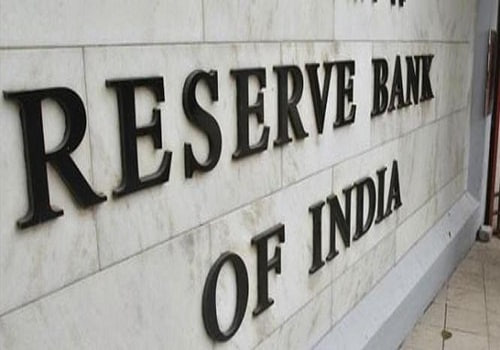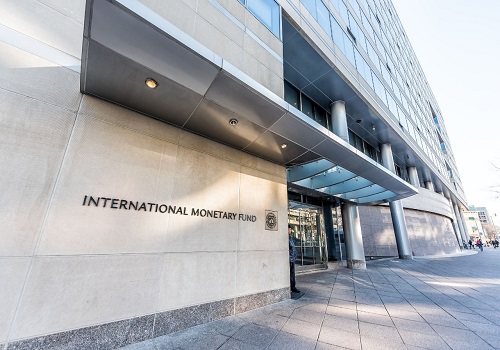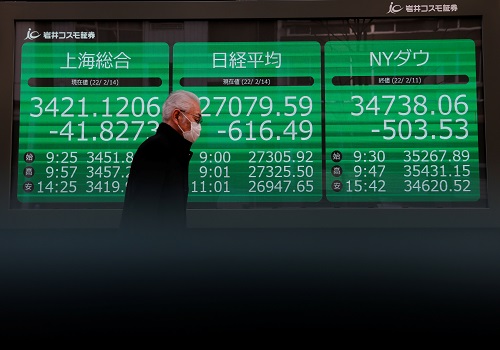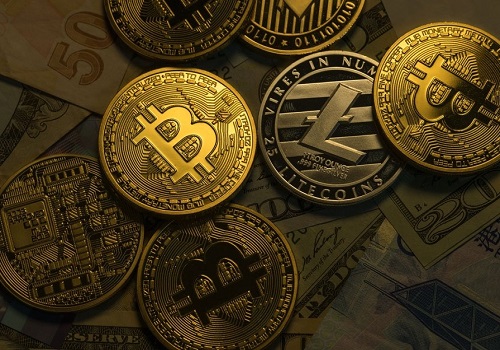Italian economy sees 4.6% growth in Q2, despite high inflation
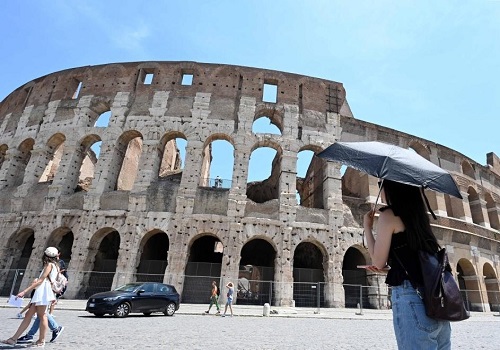
Follow us Now on Telegram ! Get daily 10 - 12 important updates on Business, Finance and Investment. Join our Telegram Channel
Italy's economy grew 4.6 per cent in the second quarter of this year (Q2) compared to the same period a year ago, the government's statistics body reported.
However, that figure was dampened by a significant increase in prices, Xinhua news agency quoted the National Statistics Institute (ISTAT) as saying.
Nevertheless, the 4.6 per cent economic growth in Q2 (April-June) was stronger than previous year-on-year growth estimates of 4.3 per cent for the period.
Compared to the first quarter of the year, the economy grew 1.0 per cent, ISTAT said.
The positive growth rate for Q2 marks the sixth consecutive quarter in which the economy has shown positive growth, starting with the first quarter of 2021 when the economy began to emerge from the economic shadow cast by the coronavirus pandemic.
Meanwhile, economic growth over the first half of the year was 3.4 per cent. This figure is higher than the 2.8 per cent estimate for this year as a whole, published last month in ISTAT's 2022-2023 economic outlook.
The growth rate was pushed higher by domestic demand, which compensated for a slight drop in exports to other countries during the second quarter.
However, the positive growth rate was offset by higher prices.
ISTAT also reported on Friday that prices as measured by a basket of representative goods were 7.9 per cent higher in July of this year than in July 2021, slightly lower than the 8.0 per cent year-on-year increase from June, although prices in July were still 0.4 per cent above June levels.
Higher energy costs are the main driving force behind price rises, ISTAT said. In July, prices of energy goods were 42.9 per cent higher than in July 2021, although that increase was lower than the 48.7 per cent increase between June 2022 and June 2021.
Energy prices began surging earlier this year due to the impact of the ongoing war between Russia and Ukraine.
Over the first seven months of this year, prices have climbed 6.7 per cent compared to the same period last year. This is the highest inflation rate Italy has seen since the creation of the euro currency nearly 24 years ago.
Other economic sectors showed smaller increases: prices for recreational, cultural, and personal care services rose by 4.6 per cent in July, while prices for processed food rose 9.6 per cent, and transportation costs rose 8.9 per cent.
All these sectors have been directly impacted by higher fuel prices.
Economists have said that rising prices contribute to economic growth when it is measured by value, as is the case with ISTAT's economic growth measurements, although this also means the buying power of the currency.
Despite the day's mixed economic news, the Italian Stock Exchange gained 2.2 per cent on Friday, finishing the month 5.1 per cent higher.

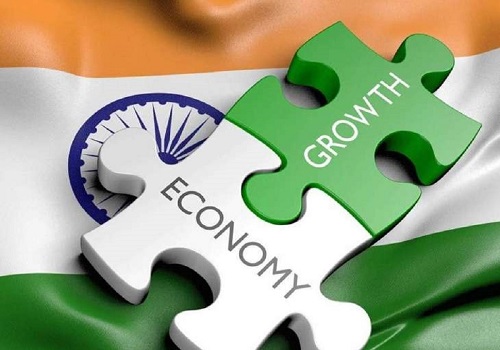

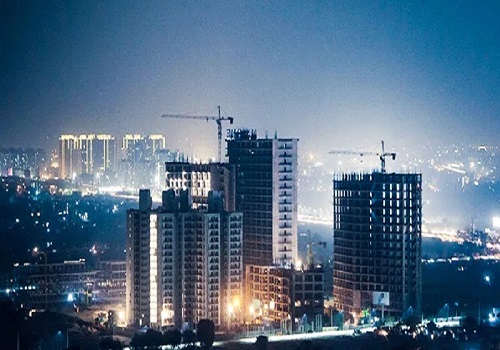






Tag News
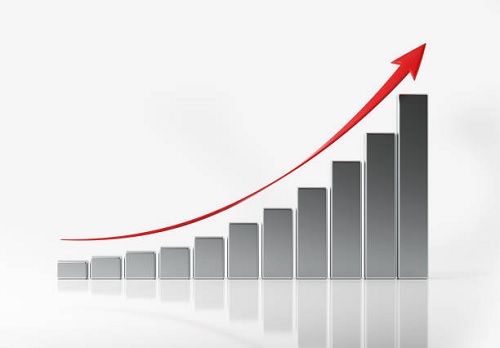
Monthly Debt Market Update, September 2023: CareEdge Ratings

